I sat quietly at the front of the boat. With view unimpended, I could see the green water beyond me. Lining up on both sides of the river were thick mangrove forests that appeared to separate us from the outside world. It felt like being in a secret world taking a secret ride.
Her name is Maria'ng Tang-an (wise Maria), Manong said. She is very beautiful. And her long, straight hair matches the soft, white gown she is known to wear every time they see her.
She shows herself to people sometimes, but only to a lucky few. Even Manong who travels by the river every day hasn’t seen her.
Maria had a kind heart. And for a long time people took comfort in her generosity. People turned to her for help whenever they have problems. One who was in trouble only needed to knock at the door of one of those caves beside the river. She never abandoned anyone. People came to her if they needed things they didn’t already have, such as giant pots, gowns for weddings, and others. Her only condition was that once the objects were to be returned, they should be handed in good condition.
But one day, one careless local returned a precious wedding gown half burnt. This angered Maria so bad she shut the doors of her cave, never to entertain seekers again forever.
As we paddled through the river quietly, I felt calm. There were birds chirping. And there were dogs on the shallow side swimming with kids. I could almost picture Maria smiling at the sight.
At the mouth of the river where the sky and the sea meet, one can see Negros Island not very far away looking pale blue, like the backdrop of a watercolor painting. When the sun is high, the color of the sky is the same as that of the sea. It is no longer possible to tell one from the other.
One has to cruise the river slowly to see the walls of the caves beside the it. One of those caves, if one watches carefully, is the door to Maria’s home. They call it Maria’s Cathedral door.
The other caves used to be the home of monkeys of different varieties. They were Maria’s army. They ruled the area for a long time. But one day a treasure hunter came and blasted off the walls of some of the caves in his quest for treasures. Most of the monkeys left after that, but a few devoted ones remained to look after what remained of their former home.
The river is just 1.4 kilometers in length. One can cruise in 30 minutes to 1 hour with a banca or walk through a 400-meter-long bamboo boardwalk connected to a trail. The first thing we asked was if there are crocodiles in the area. Manong assured us there is none. The bancas are safe because they are designed with outriggers or “katig”.
All boatmen running the cruises at Bojo River went through 4 months of ecology and preservation training by a group of biologists sent by the government. That’s why Manong who guided us knows the scientific names of all 22 species of mangroves around the area. He explained that the tiny bubbles that we saw floating around the river were from the mangroves themselves--a proof, that they too, like us, breathe. He boasts of the place and his childhood experiences with it. He said he’s been passing by the river every day since he was a kid, going back and forth to catch fishes or accompany his father. Near the area there are over 100 springs that regularly bring fresh water to the river.
In a way, Manong and boatmen like him, as well as other villagers who form the Bojo Aloguinsan Ecotourism Association, the association that manages the multi-awarded tourist area, have become Maria’s army. They look after the place the way Maria does--with care, with pride, and with the protectiveness of a devoted mother.
When they talk about the place, you do not hear the usual verbose, memorized lines of a tour guide. You hear someone showing off his own backyard.
Here is where I spent my childhood playing with other kids, especially during summers. Here is where we’d watch aninipots (fireflies) at night. Here is how we’d skip classes in the daytime to join our fathers as they catch fishes.
I watched Manong as he also lamented at how, in the old times, sending children to college was not yet a necessity. How the river and the sea together used to have more than enough to provide for everyone. And how those who wanted things that were not provided, such as fresh produce, crops, chickens, vegetables, and others, could always barter their fishes with the farmers who regularly trade or visit the area.
Going home, I was wondering - will it help if we promote the place heavily to tourists? In a way it will bring more income to the villagers. But to what extent? Will tourists come in droves one day like they do in Boracay, to threaten the peace and destroy the balance? And if that happens, what can Maria and her army do?

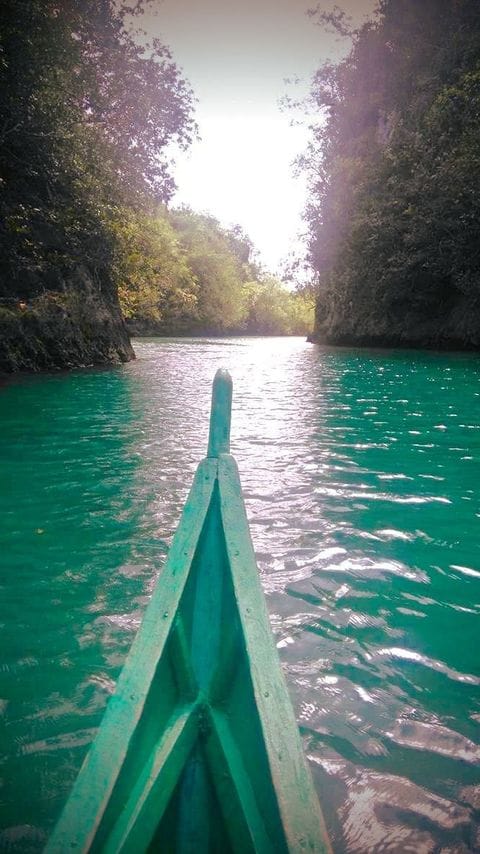
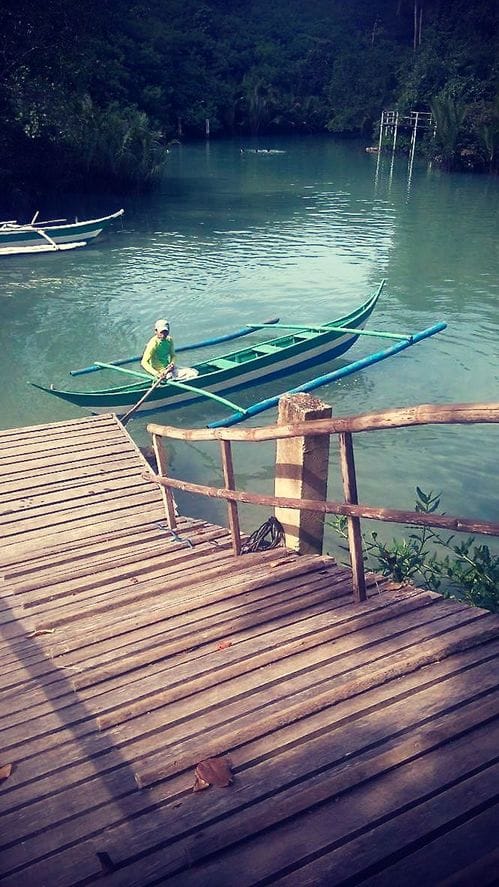
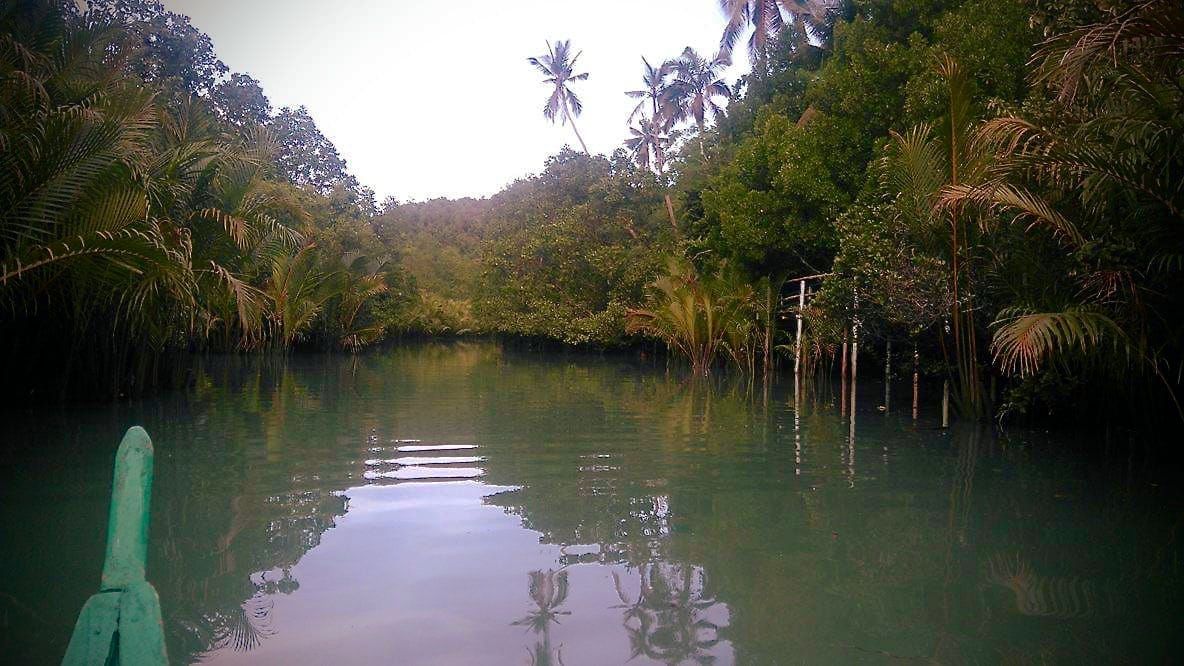
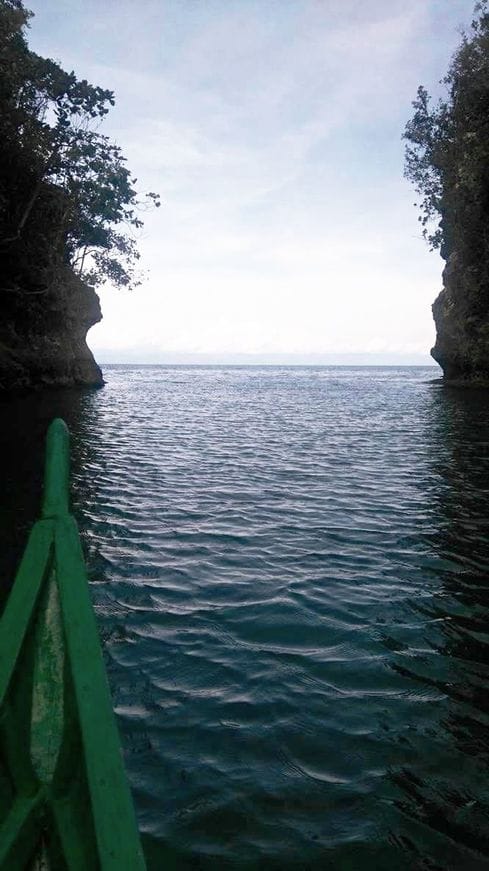
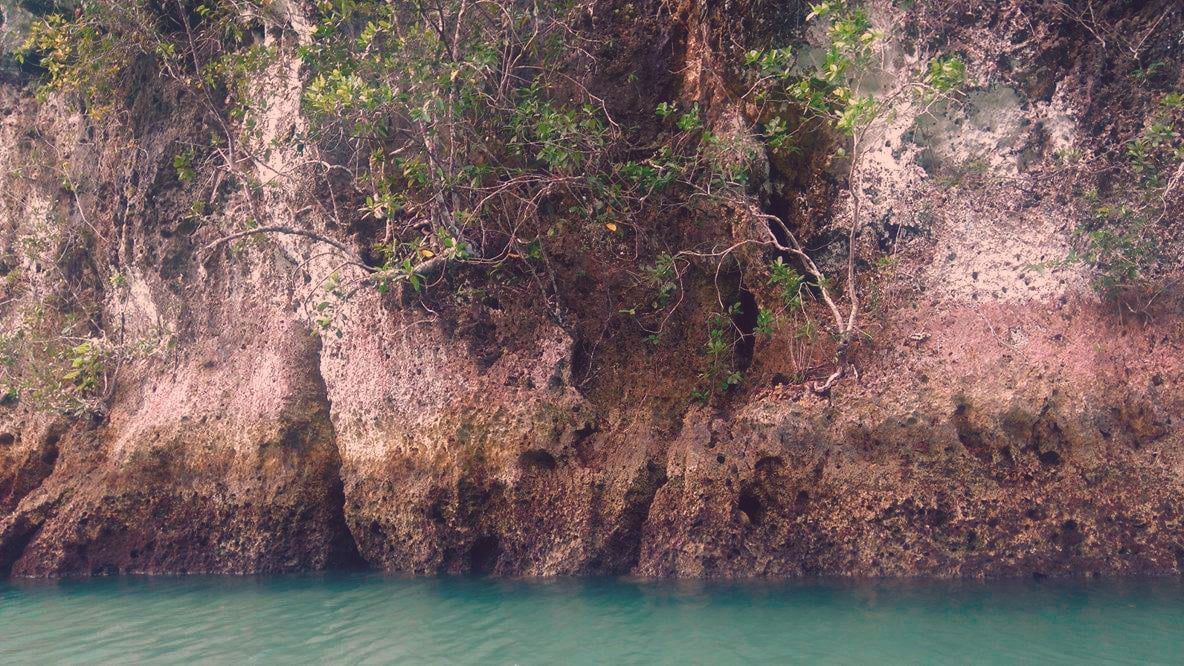
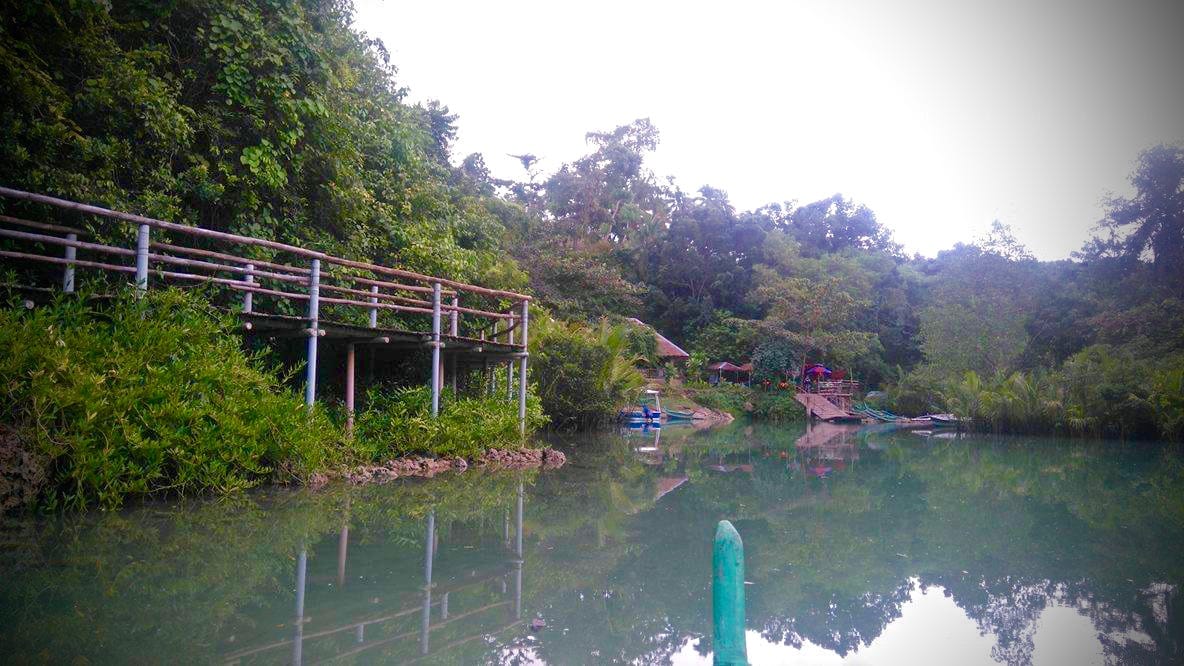
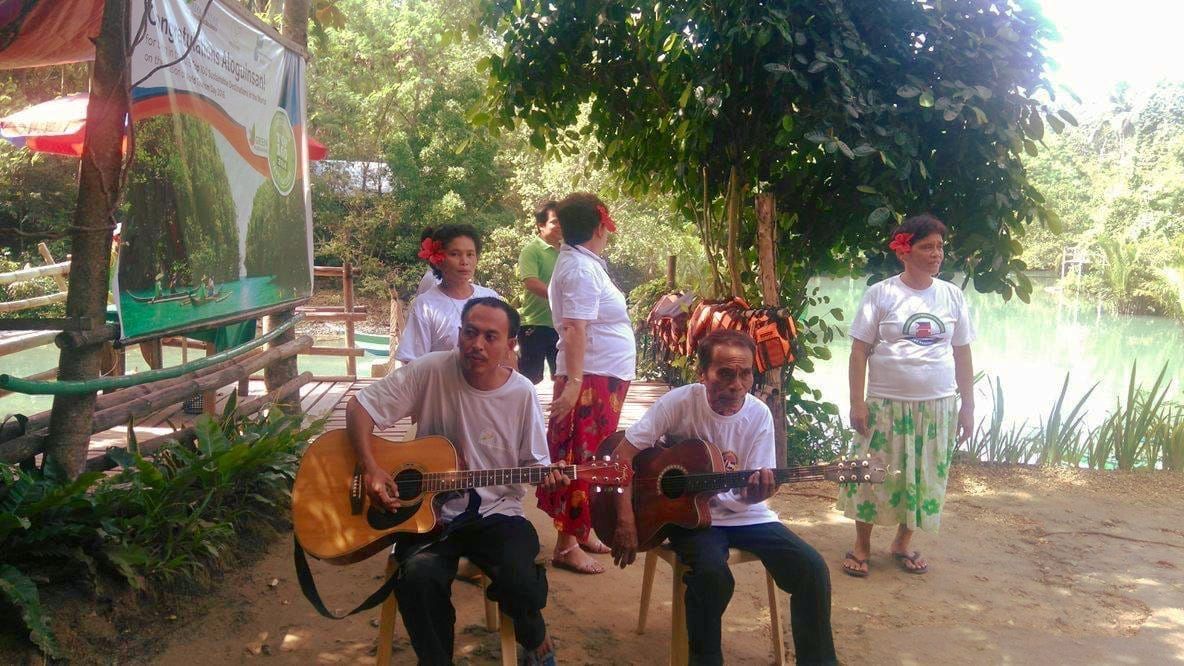
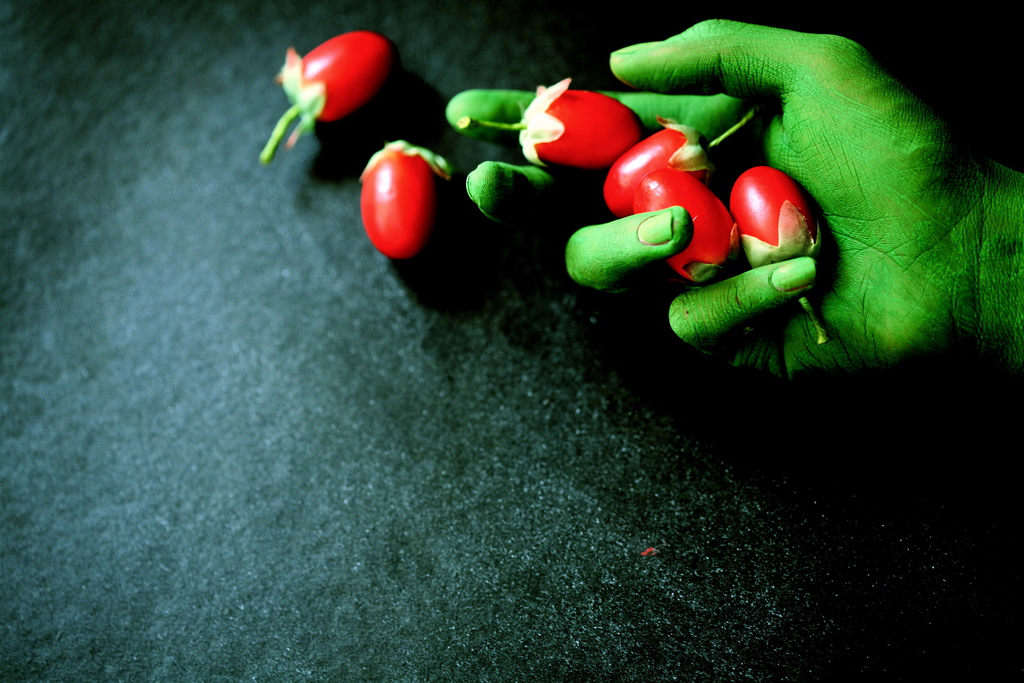
 RSS Feed
RSS Feed
